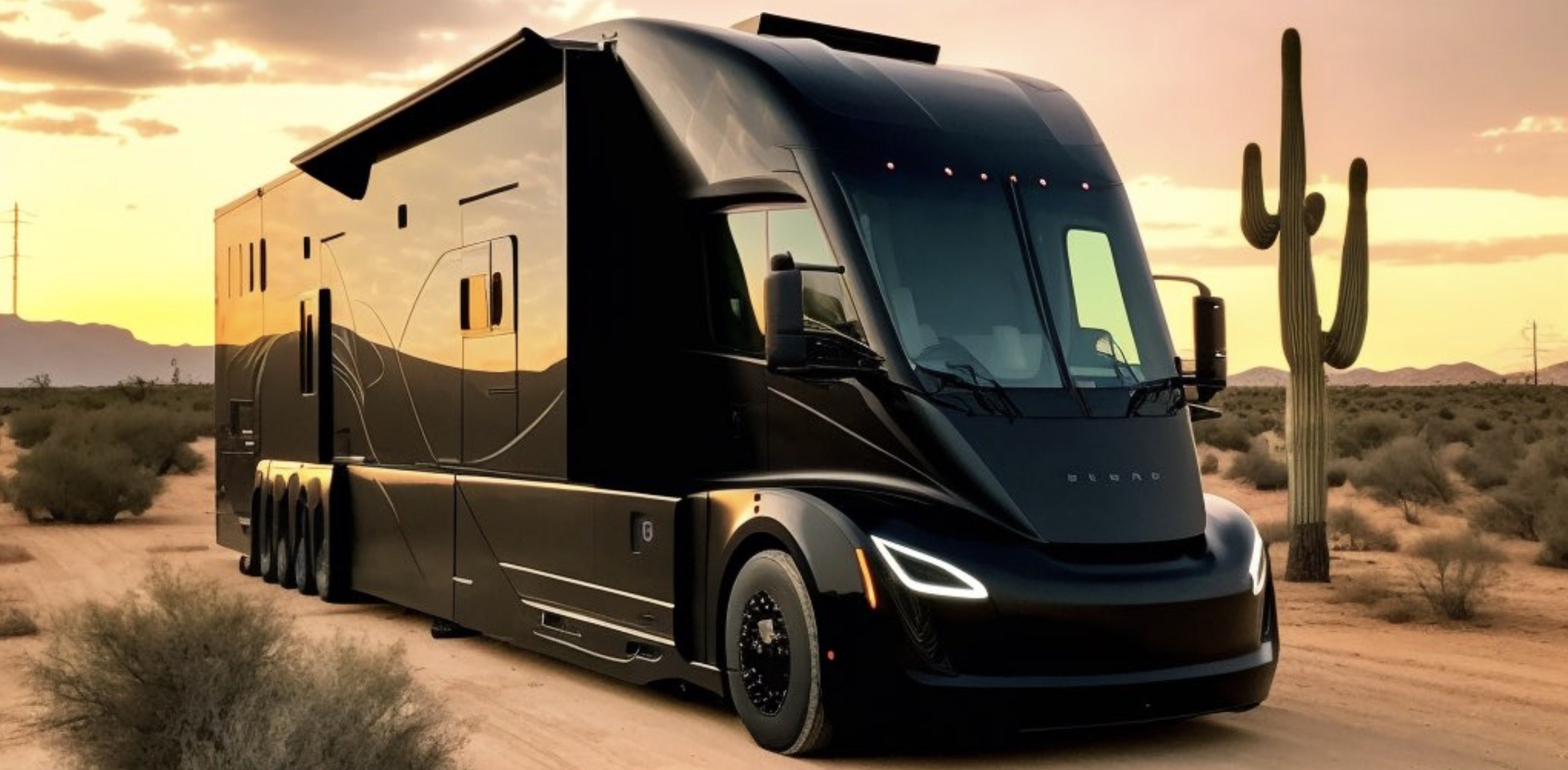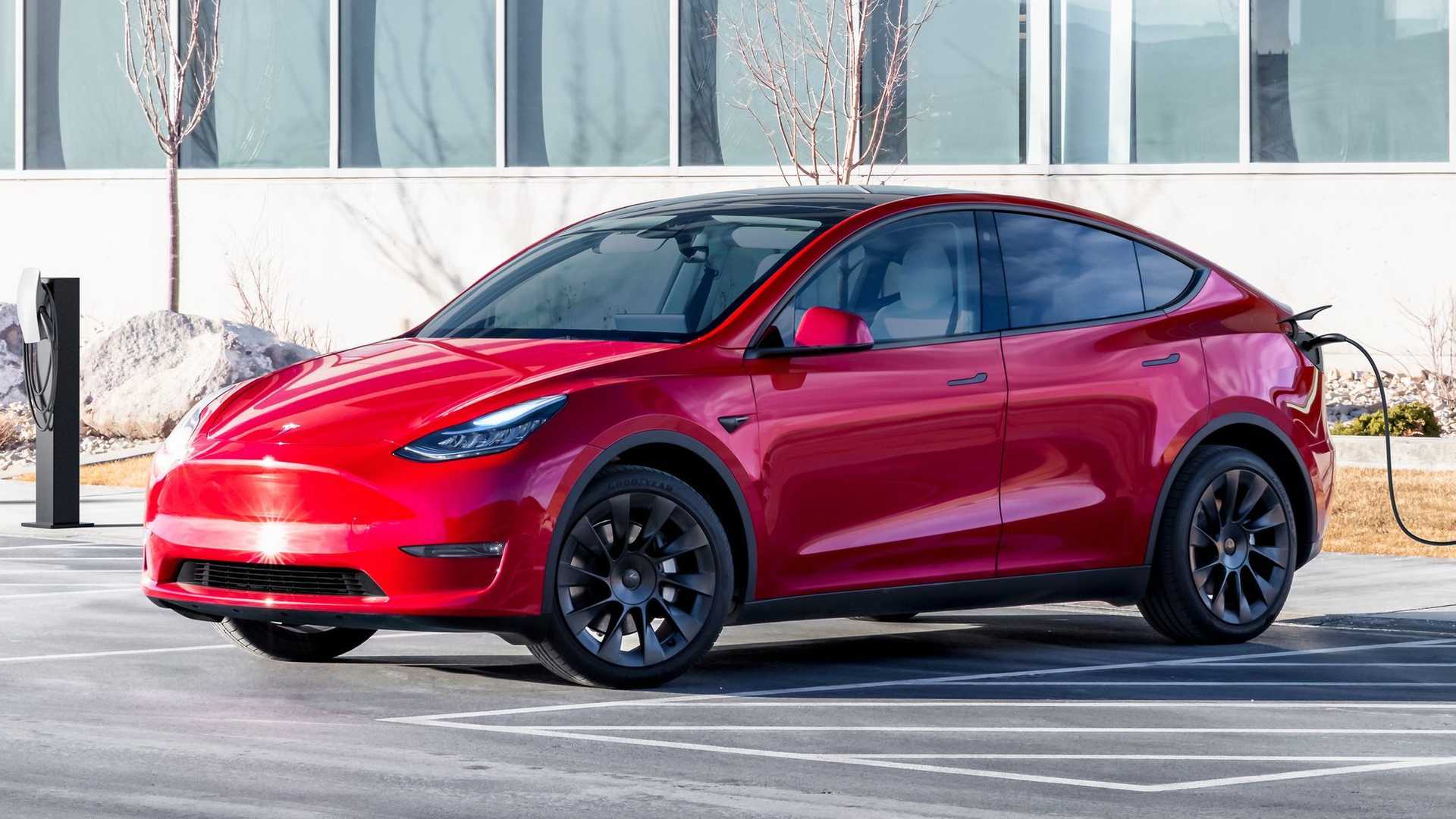It looks from the highest point of the trip all the way to Pasadena, say from the 280 mile mark to 350, 70 miles total, the truck basically used net zero power due to regeneration. Seventy miles, zero power. Wow. That said, it seems only about 25% of uphill use is being recovered downhill and I'm not fluent enough in regenerative braking to know if that stands out in any way.
One thing I do know is that the 75% net loss of power over those extreme elevation gains simply won't exist in most of the country, especially here in the Midwest, so this fully loaded 500 mile trip instantly goes up by a considerable margin due to increased average efficiency.
Because of the terrain Tesla's operations are in they emphasize the truck's ability to climb grades, and that's good news for the Rockies and Appalachia, but extended grades are rare where I live. On the freeway, the only place they exist anywhere near me is at Ohio River crossings, for example southbound on I-75 into Kentucky. The freeway up that hill is four lanes wide for a reason, and there are tons of signs posted for slow vehicles to keep right. Trucks climbing that grade is a localized issue that was planned for.
No, the bigger issue is the rolling hills which I've mentioned several times and had more problems with today while out driving. We don't have to worry about slow semis or hot brakes around here, we have to worry about semis racing down one rolling hill so they can use that speed to get up the next one. Over and over and over again. Speed up, slow down, speed up, slow down. The Tesla truck simply won't do that, it'll power up, regen down, power up, regen down, maintaining speed as a car would do on Autopilot. Is choosing a speed and going it really that much to ask? I think not, but then again if the speed limit is 35 on a city road buddy I'm slappin that Toyota cruise control stalk like it was talking back to me.
But in places that don't even have rolling hills, like all of Ohio north of Dayton and everything west of here until Denver, the Tesla truck will benefit from little need for all three motors to engage, little need to negotiate genuinely slow traffic or to pass using full power, decreased rolling resistance due to straighter roads, and more consistent power usage leading to more accurate trip planning. I bet that Semi could cover the 530 miles from Detroit to St. Louis with room to spare and probably cover the 570 from Columbus to Green Bay. From Denver it's 540 miles to Omaha and 600 to Kansas City, both downhill, both with the wind...I bet that's totally doable, and they're important routes because there's a whole lot of nothing between Denver and either of those two cities. Hell, it's only 440 miles from Minneapolis to Kansas City, a straight shot and flatter'n a phone book. Get there with 20% left. Dallas, Houston, San Antonio: You can hit all three in 550 miles but not return home. But the Dallas, Houston, Austin circle can be completed in just a hair under 600 miles. Miami to Savannah? Orlando to Atlanta? I think you get the point.
God damn they can't build and sell these things fast enough.




